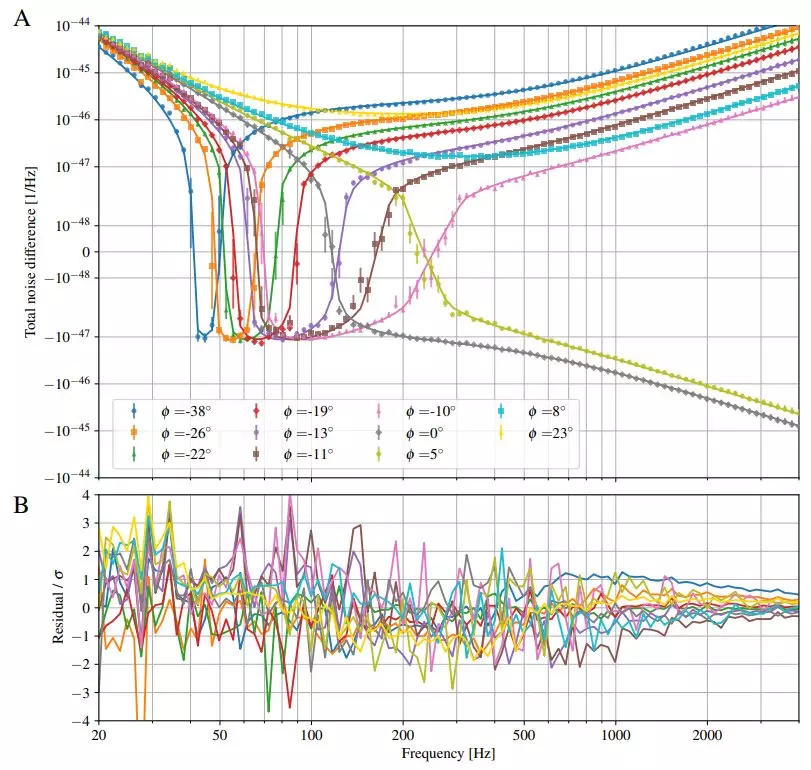The Laser Interferometer Gravitational-Wave Observatory (LIGO) has achieved a significant milestone in the field of astrophysics by enhancing its detection capabilities of gravitational waves. Through pioneering advances in technology, researchers have managed to improve system sensitivity by employing a technique known as “squeezed light.” The implications of these improvements hold promise not just for LIGO but for our understanding of the universe as a whole.
Gravitational waves, which are ripples in the fabric of space-time, are produced by some of the most cataclysmic events in the universe, such as merging black holes or neutron stars. The initial detection of these waves in 2015, which aligned with Albert Einstein’s century-old predictions, marked a significant leap in astrophysics and earned researchers at LIGO the Nobel Prize in Physics in 2017. However, LIGO’s quest has been continuous; the observatory has relentlessly pursued innovations to refine their detection capabilities and expand the knowledge that can be extracted from these elusive cosmic phenomena.
The core of LIGO’s latest enhancement revolves around the innovative use of a squeezed light system. Researchers incorporated a specialized crystal alongside improved mirrors and lenses to effectively “squeeze” the light within the laser beams. This manipulation enables the light waves to become more coherent, thereby significantly diminishing interference from quantum noise that can obscure the detection of gravitational waves. This reduction in flicker is crucial, as distinguishing between actual gravitational waves and environmental noise had been a persistent challenge for LIGO scientists.
The impact of these upgrades has been nothing short of remarkable. Initial tests indicated that sensitivity improvements primarily targeted the detection of higher frequency gravitational waves. However, subsequent adjustments have broadened the capability to include lower frequency waves as well. As a result of this comprehensive tuning, researchers reported that the number of detected gravitational waves has effectively doubled, allowing for a more extensive observational scope of cosmic events.
This doubling in detection rates opens the door to studying previously inaccessible phenomena, including the mergers of black holes dating back to the early epochs of star formation. The historical implications are profound; understanding the characteristics and behaviors of black holes from such early periods in the universe could yield insights into the fundamental workings of both astrophysics and cosmology.
The innovations introduced by the LIGO team underscore a significant leap forward in gravitational wave astronomy. Not only do they reinforce our theoretical foundations informed by Einstein, but they also pave the way for unprecedented discoveries in the universe. As LIGO continues to refine its techniques and bolster its detection sensitivity, we stand at the cusp of unraveling mysteries that have long eluded our grasp, expanding our comprehension of the cosmos like never before. The future of astrophysics looks brighter, guided by the waves of gravitational ripples that LIGO now has the enhanced capacity to measure.

